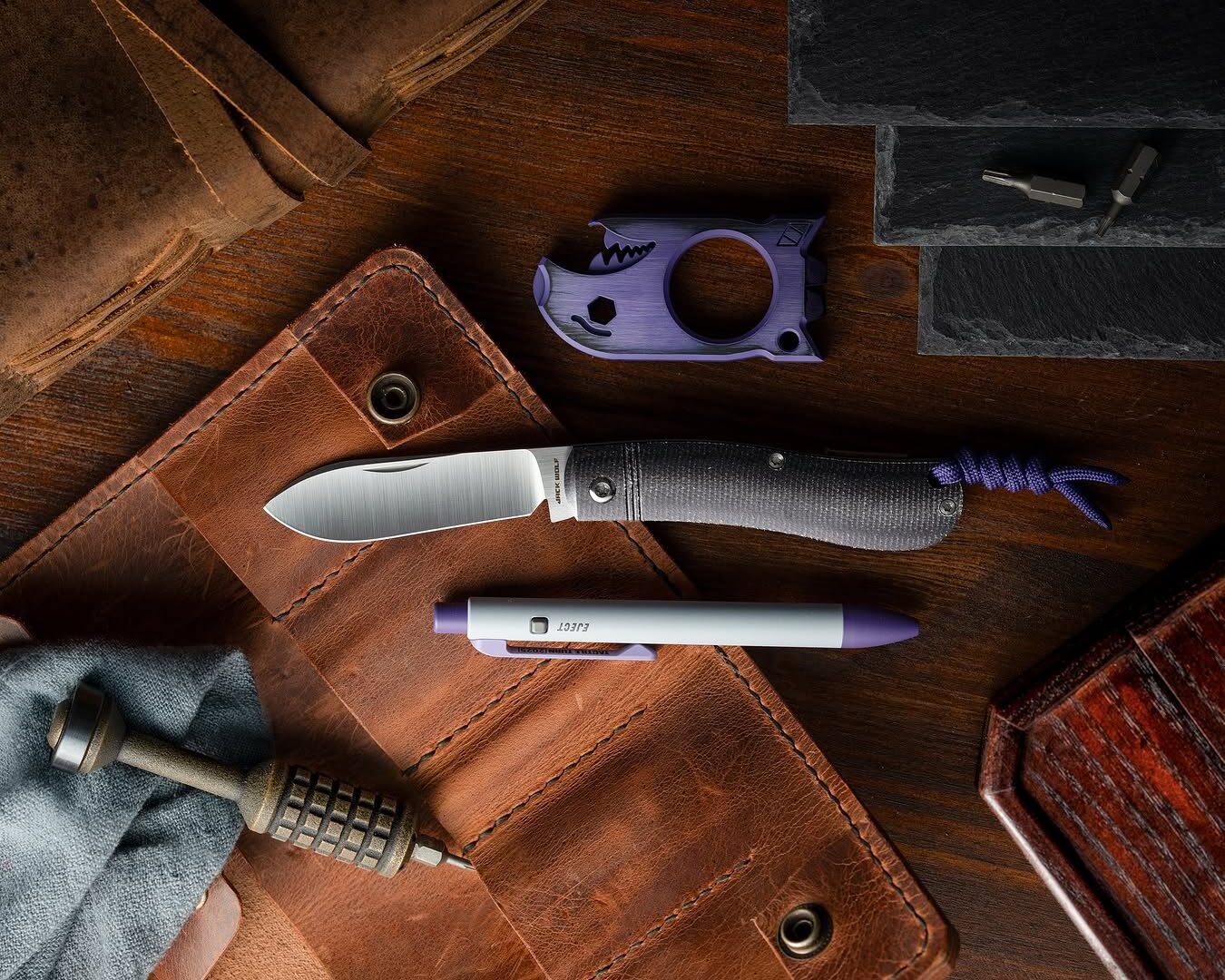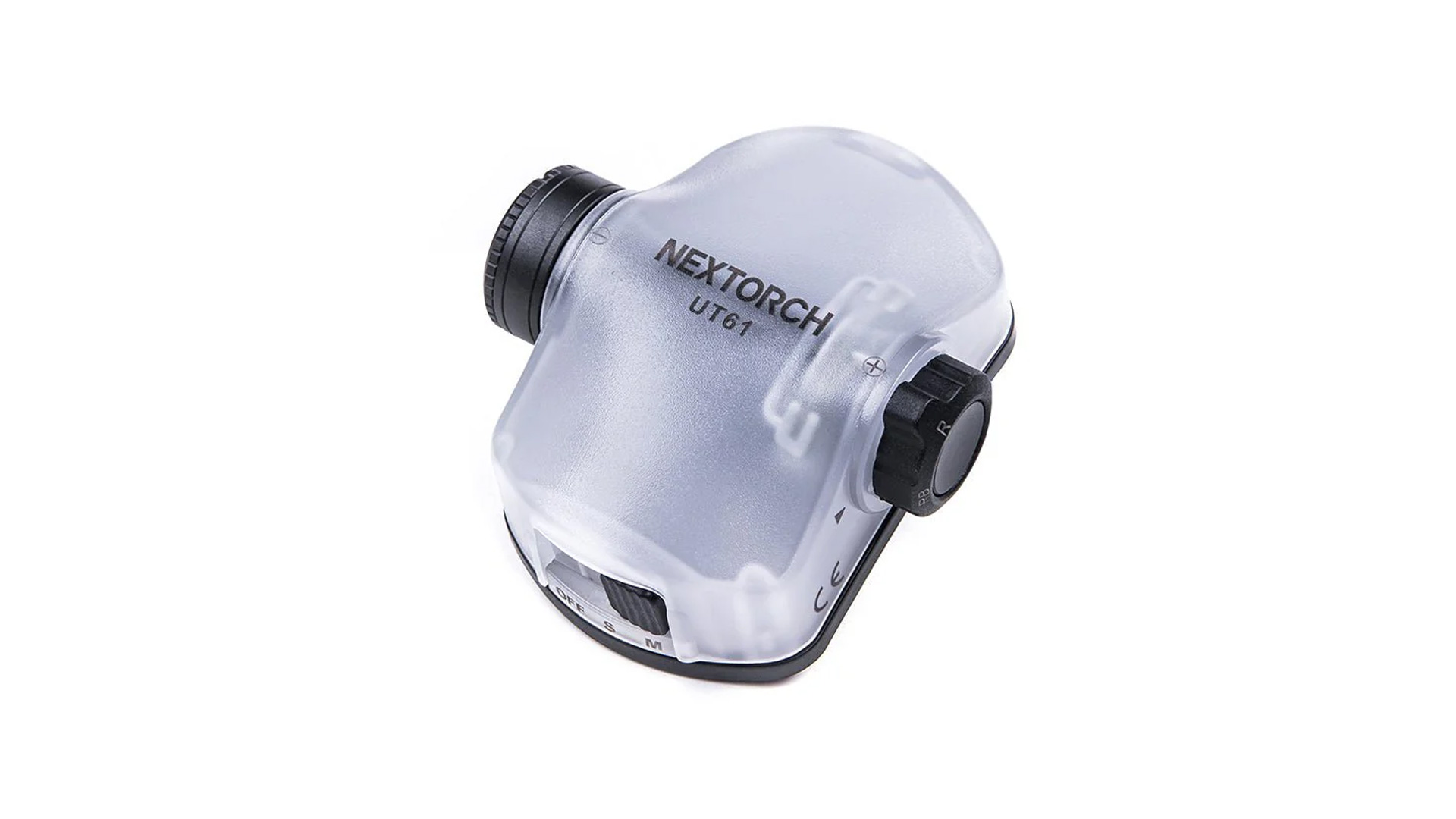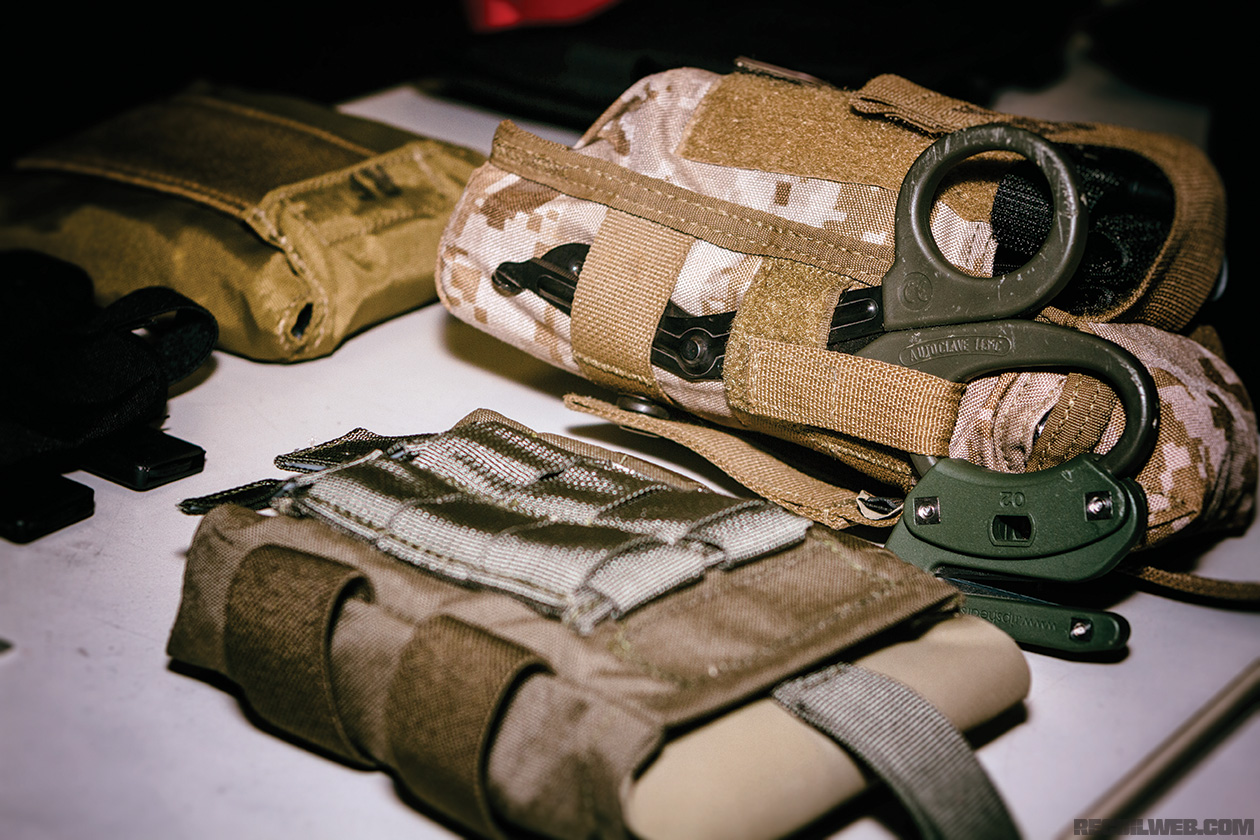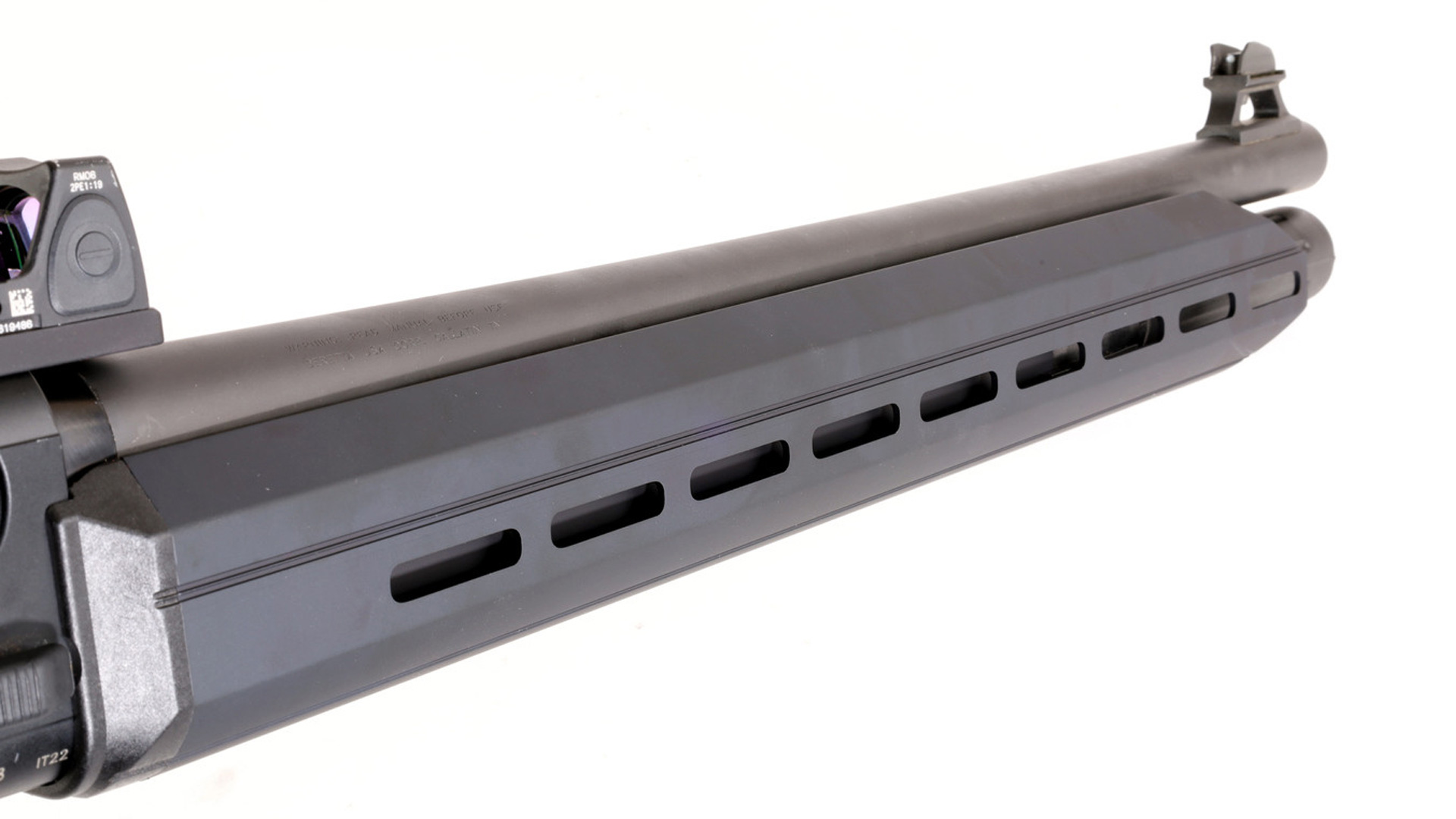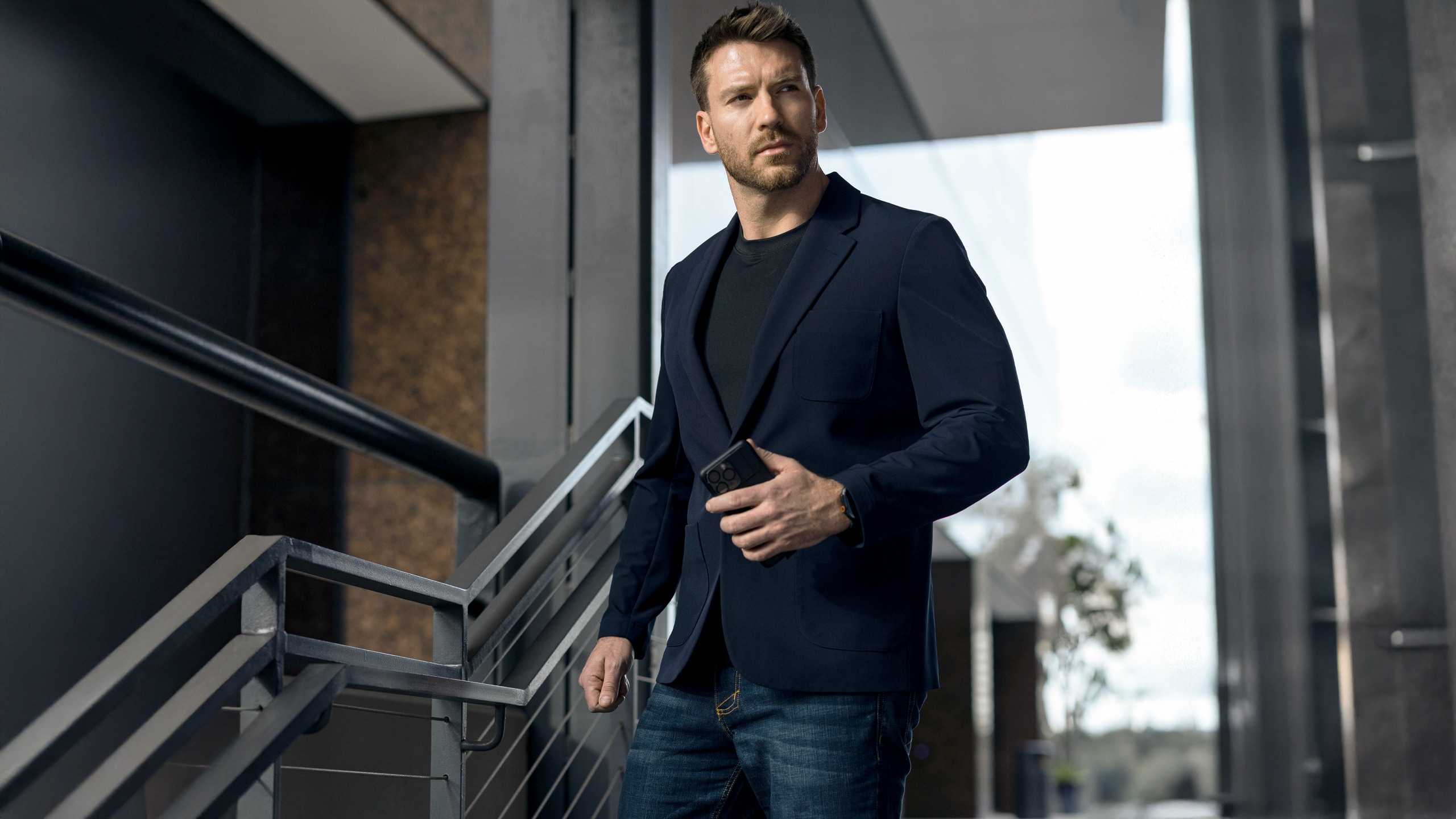Always Carry Pepper Spray
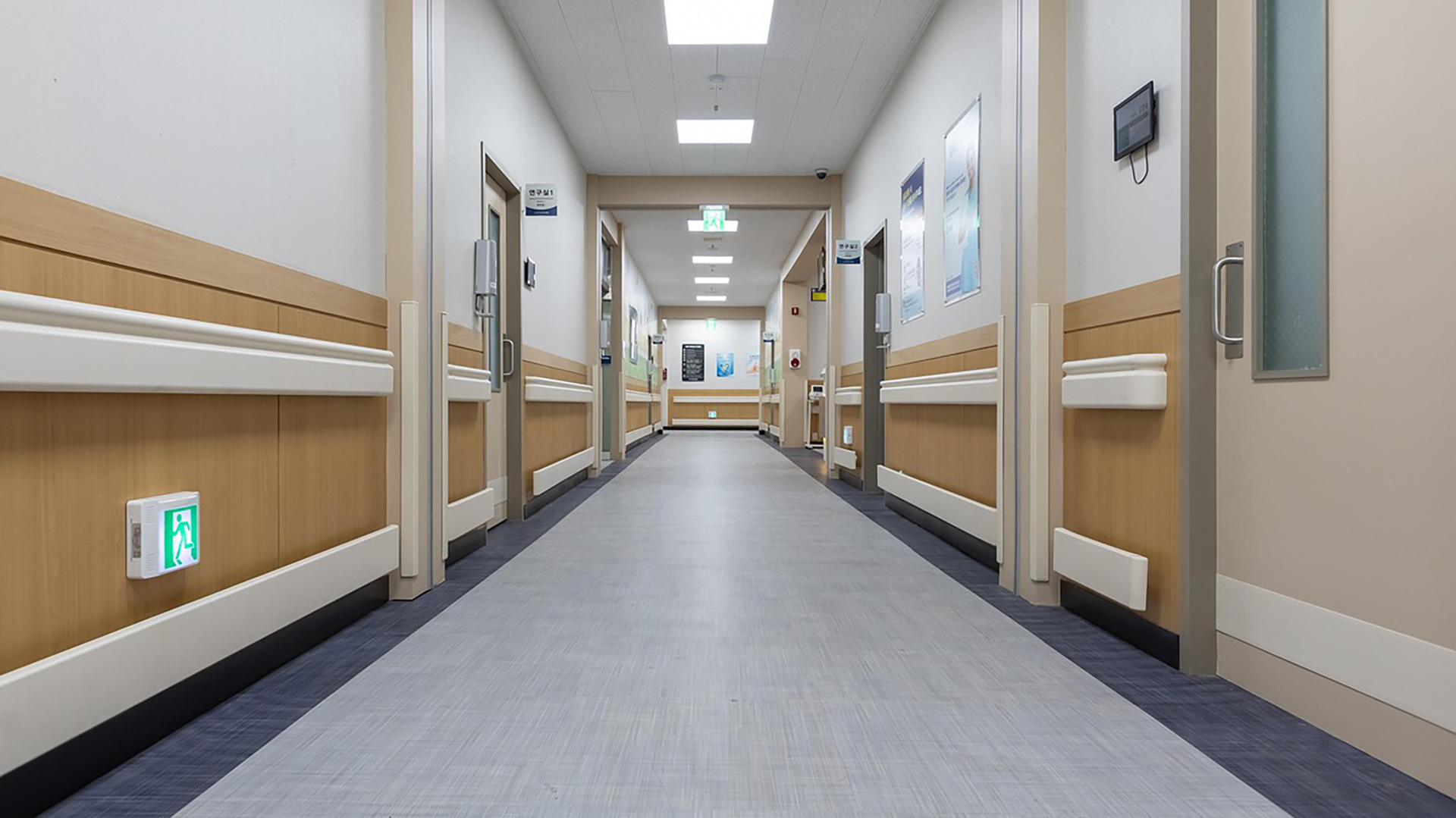
If you have read some of my articles, you have probably heard me say “You don’t choose when and where an assault happens, the bad guy does.” I don’t believe there are any exceptions to this “rule,” so please think ahead and carry your pepper spray.
When I am in public, I carry two pepper spray units, one is “on body” in my pocket and one is “off body” in my purse with a “handle” attached to it for quick deployment. Both these units have the “stream” application.
I was recently presented with a situation where I needed to react, act and respond, all while helping others. I have spent the last couple of months in and out of the ER and the hospital with a loved one. That means dropping him off at the ER, parking and walking alone at all hours, sitting in waiting rooms, eating in hospital cafeterias and walking the empty corridors alone. Not only are you fending for yourself, but your thoughts may be fixated on your loved one and distracted from changes in your environment, a stranger’s body language and even listening to your intuition. This could be an ugly mix when it comes to self-protection.
I was in the waiting room for the family of patients having heart procedures. It was a large room with plenty of seating. It had two TVs, two small tables (each with two moveable chairs), about 20 stationary chairs and four loveseats. Since we had to be there super-early to check in, I wanted to lay my head down for a bit and relax, so I chose the loveseat in a corner. There were 8 people there when I arrived. It was a family of 6 with 2 males and 4 females and another 2 mature ladies (not related). The youngest male in the family group was about 21 and had a very boisterous personality that was ignored by the other family members. That told me that this young man probably had a pattern of “drama”, so I was paying attention but not alarmed. As the morning went on his “look at me persona” was getting more aggressive, so much so, that when he was not getting the attention he wished, he threw a full water bottle at his mom. This got the scrutiny of the other family members, and a verbal altercation ensued, which was exactly what the young man wanted. At this point, I sat up, secretly grabbed the pepper spray from my purse and discreetly placed it in my hand with my thumb ready. I also looked around the room and noticed that the 2 mature women were very uncomfortable. I made eye contact, smiled and nodded to them in a “Hello, I see you,” gesture.
We got a break when everyone, but the mom and the young man, went to get breakfast. Things calmed down a bit, so I relaxed but staged the pepper spray next to me so I could grab quickly if needed.
No less than 10 minutes later, the yelling began again. This time he kicked one of those movable chairs and it went tumbling towards his mom. That’s it! I am out of there and I am taking the 2 ladies with me. I got up, grabbed my things, had the pepper spray clearly visible in my hand, asked the two ladies if they would care to join me for a beverage, and we all left together.
We went to the front desk to report the uncomfortable event in the waiting room, but no one was there so I called the administration from their desk phone. I explained the situation, kept my head up, kept the pepper spray in my hand and was prepared to use that tool if necessary. I was comforted knowing I had the other pepper spray in my front pocket that I could give to one of the ladies and she could “learn on the job” if necessary. I explained to the two ladies that we needed to stay clear of the waiting room for a while and let the professionals do their job.
Two good things came out of that incident.
- I was reminded that you oversee your own safety, avoidance is always best and communication comes in many forms.
- The event kept my brain occupied for a while, which meant less time to worry and watch the clock.
Things to think about:
- Are you in a “non-permissive” environment? That could mean no form of self-defense allowed (“No weapons”) where only less-lethal kind is not restricted, like at the hospital we were in.
- Do you have a non-lethal and a less-than-lethal solution to a problem?
- Have you taken part in any scenario-based training? This style of training is helpful to learn to make good decisions while under stress.
- Have you trained and practiced with your non-lethal and less-than-lethal decisions?
- Do you have pre-planned decisions in place? Where are the exits? Which tools will you pre-deploy? How does the space you are in affect your movement?
- Do you have verbal de-escalation techniques?
- Do you want to help people to safety? Do you have the mental bandwidth to help others while you are in self-preservation mode?
Thankfully, we were able to go back to the waiting room about 15 minutes later, the family was gone, and we were able to wait for our loved ones to come out of a surgery in peace.


